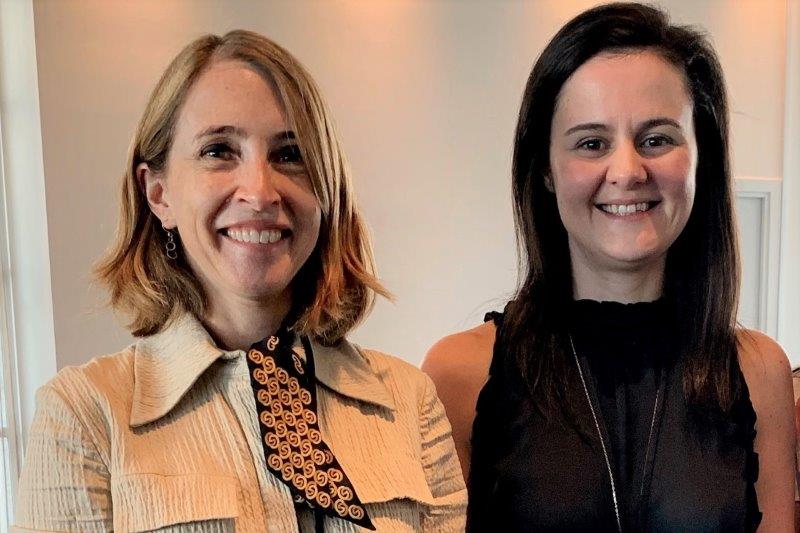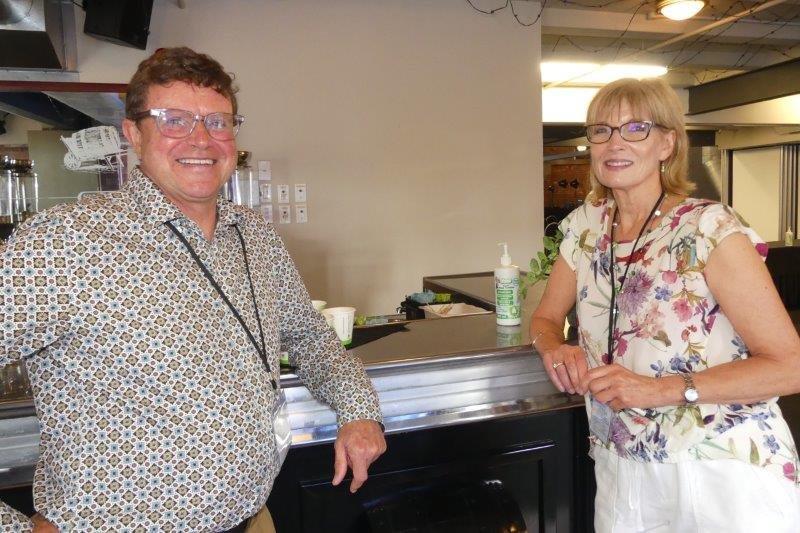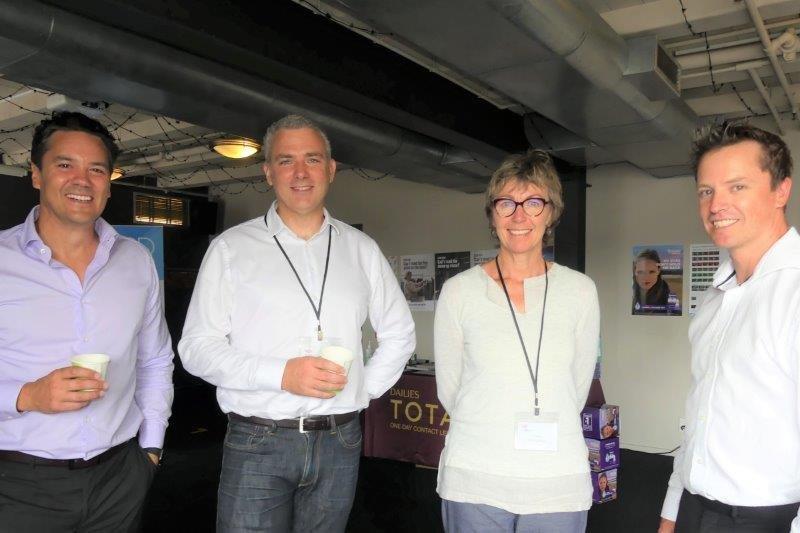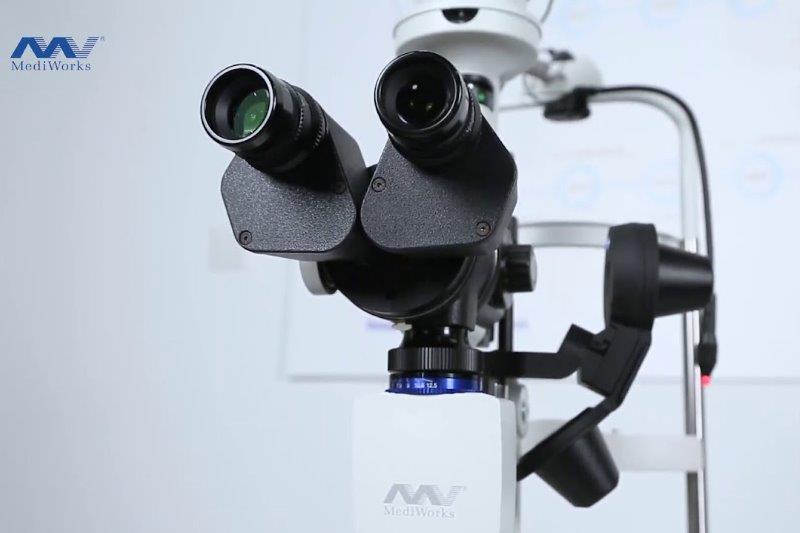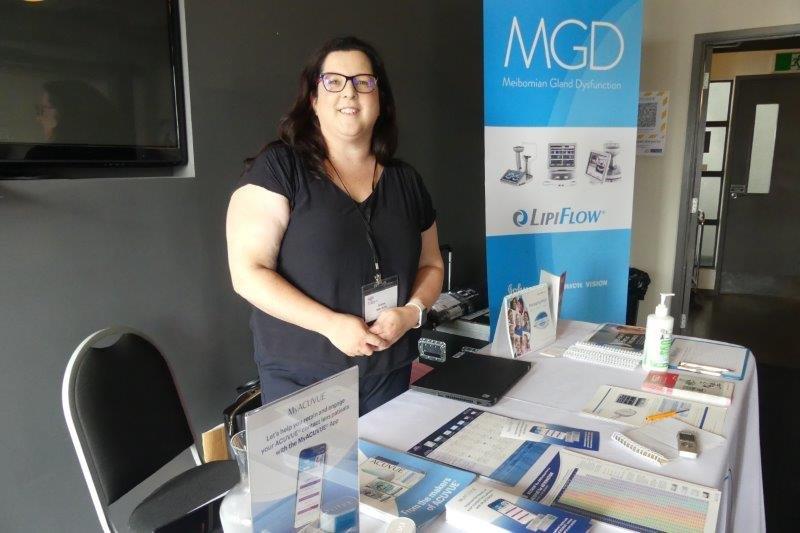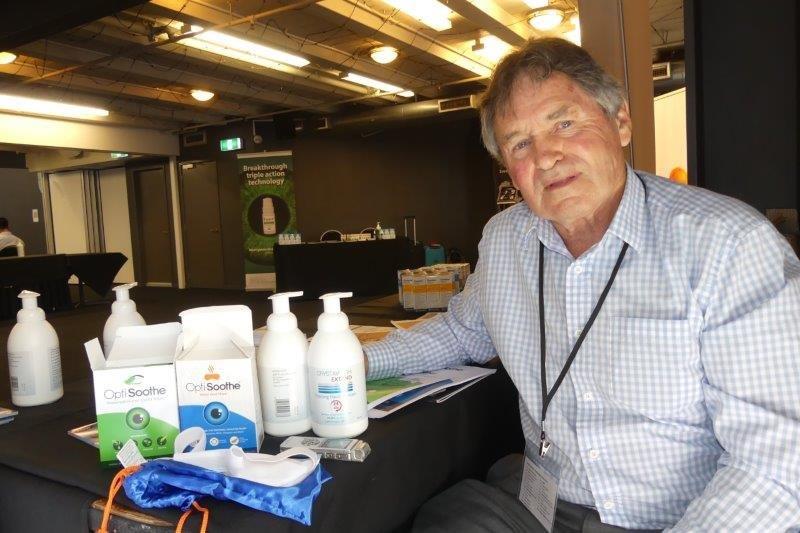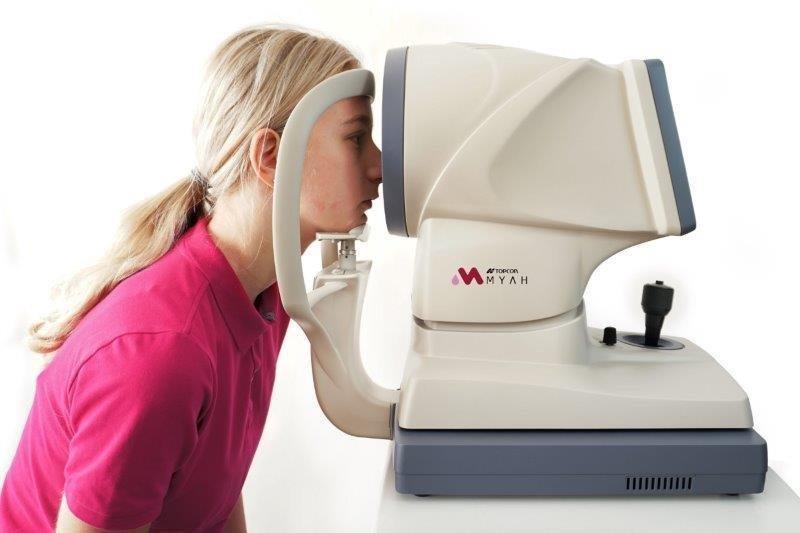Introducing the SSKR optometry module
Optometrists are being asked to sign-up to the new Save Sight Keratoconus Registry (SSKR) optometry module.
Running for more than six years, the registry is one of the main initiatives of the Fight Corneal Blindness project led by Professor Stephanie Watson from the University of Sydney. To date, only data from ophthalmologists has been collected, but the results are already impressive, with more than 29,000 visits of 3,527 patients, including 6,012 eyes with keratoconus, logged from Australia, New Zealand, France, Germany, Italy, Spain, Switzerland and the UK.
Talking about the initiative at the Corneal and Contact Lens Society of New Zealand conference in Wellington, optometrist Alex Petty discussed the importance of registry data compared with clinical trials. Not only does it encompass high patient numbers, it’s ‘real data,’ containing information on patients that might otherwise be excluded, he said. So far SSKR studies have demonstrated the efficacy and safety of corneal cross-linking (CXL) as a treatment for progressive keratoconus over five years and that it is more common for younger patients with steeper keratometry to suffer from clinically significant haze after CXL.
The optometry module was developed last year by Prof Watson and postdoctoral researcher Dr Himal Kandel from Sydney University and chief investigator Associate Professor Laura Downie from Melbourne University. As a precursor to introducing it into New Zealand, it was trialled by the New Zealand SSKR optometry module steering committee comprising Petty, Auckland-based optometrist Grant Watters and Professor Jennifer Craig, head of the Ocular Surface Laboratory at Auckland University.
Data from the optometry module will add to that of the ophthalmology module but it also has additional fields to track vision and contact lens-related outcomes, said Petty. Optometrists who take part can also track, share and compare their own treatments and outcomes with their patients, their ophthalmology colleagues and anonymously with their peers. It will also help answer questions, such as the effects of different contact lens modalities and what influences our prescribing habits, said Petty. “It’s all very useful… for example, it can show us which corneal factors dictate whether we choose one lens over another or what role age, ethnicity or previous surgeries play in our choices. It will help us get a much better understanding of how we manage keratoconus in New Zealand.”
To encourage participation, the Australian development committee even undertook a small study to show that using the registry hardly altered total consultation time, adding just one minute for the first visit and less for subsequent visits.
The steering committee is currently seeking Health and Disability Ethics Committee approval for patient participation in New Zealand, which should take less than two months, said Watters, which means optometrists could start registering their patient data from May. “There is a high incidence of keratoconus in New Zealand. This is real-world data. It’s not controlled, and it should give us real information about our success rates and the sorts of challenges our keratoconic patients have, leading to better treatment practices and patient outcomes.”
Optometrists who’d like to know more or to register their interest can visit: http://savesightregistries.org/










